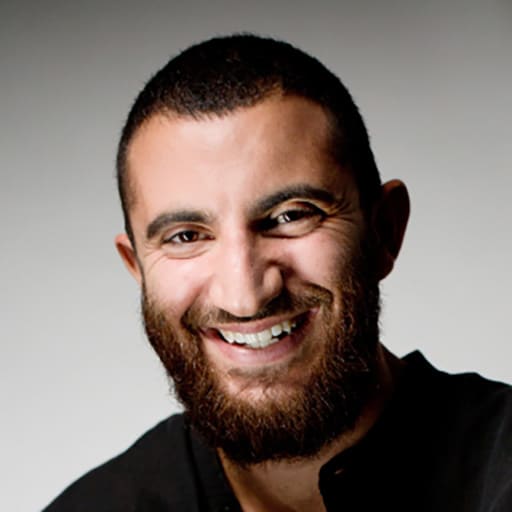© Mauro d'Agati
© Mauro d'Agati
“O.p.g Criminal Asylum” is photographer and editor Mauro D’Agati’s immersion in the psychiatric prisons of Napoli, Barcellona Pozzo di Gotto, Castiglione delle Stiviere and Aversa, Italy, in 2001. A ...

© Mauro d'Agati
© Mauro d'Agati
“O.p.g Criminal Asylum” is photographer and editor Mauro D’Agati’s immersion in the psychiatric prisons of Napoli, Barcellona Pozzo di Gotto, Castiglione delle Stiviere and Aversa, Italy, in 2001. A ...


Read More: A Prison With Blue Walls

You’re getting blind.
Don’t miss the best of visual arts. Subscribe for $9 per month or $108 $90 per year.